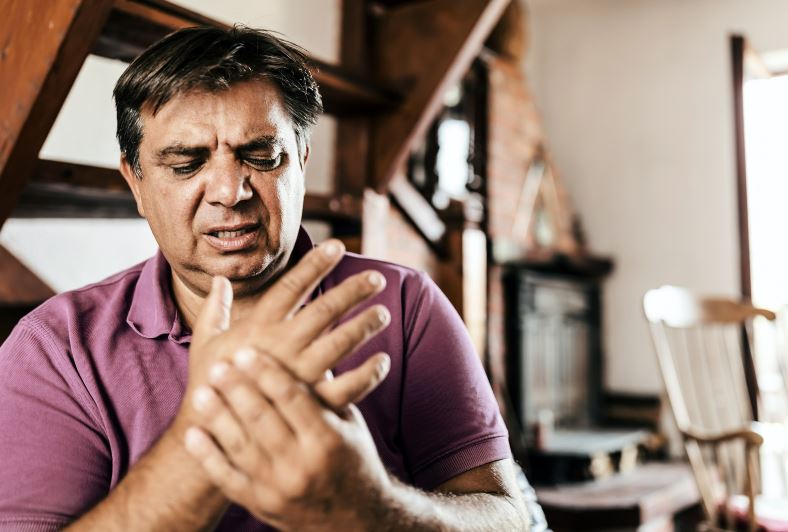Ms Sophia Opel
Consultant Plastic Surgeon
Specialist expertise: Skin Cancer, Lumps and Bumps, Surgical Dermatology, Carpal Tunnel, Dupuytren's Disease, Plastic Surgery.
Carpal tunnel syndrome (CTS) is a condition where nerve pressure causes pain and tingling in the fingers

Carpal tunnel syndrome (CTS) is a condition where pressure on the median nerve as it passes through a narrow tunnel, into the hand, results in pain, tingling and numbness in the fingers.
The carpal tunnel is a short tunnel on the palm side of the wrist formed by the carpal bones of the wrist and a thick ligament known as the flexor retinaculum. The carpal tunnel contains 9 flexor tendons (which roll the fingers and thumb into a fist) and the median nerve as they pass into the hand. The median nerve supplies sensation to the thumb, index, middle and half of the ring finger, as well as the muscles that form the bulk at the base of the thumb. Swelling within the carpal tunnel or pressure on the tunnel from the outside, can reduce the volume of the carpal tunnel and compress or irritate the median nerve, resulting in CTS symptoms. CTS can occur in association with common medical conditions such as diabetes, thyroid disorders and rheumatoid arthritis. Symptoms can also develop in pregnancy and these generally clear after delivery of the baby. However, in most cases of CTS there is no single identifiable cause.
Common symptoms of Carpal Tunnel Syndrome include:
Treatments for Carpal Tunnel Syndrome may include some of the following:
If these treatments have not worked, or the symptoms are more severe, and especially if they have become continuous, carpal tunnel decompression surgery is recommended. There are generally two methods of surgery:
Your surgeon can advise you on the choices and explain his/her preference.Both methods usually result in a resolution of symptoms. The tingling settles first, followed by the loss of feeling. In advanced cases the symptoms make take a long time to resolve or may not resolve completely. Patients with diabetes are particularly prone to incomplete return of feeling and use.
It generally takes about three months to regain full strength and a fully comfortable scar, but the hand can be used normally after two weeks, although surgeons’ policies vary.
Currently selected day
Available consultations
Causes
Compression or irritation of the median nerve
Symptoms
Tingling sensations, pain and numbness in thumb,...
Treatment
Splints, NSAIDS, Steroid injection, Open surgery...
We boast a truly integrated team of orthopaedic surgeons, sports medicine physicians, podiatric surgeons, rheumatology specialists, paid medicine consultants and hand therapy specialists. All of these services work together in one place, enabling us to give patients the best care possible.